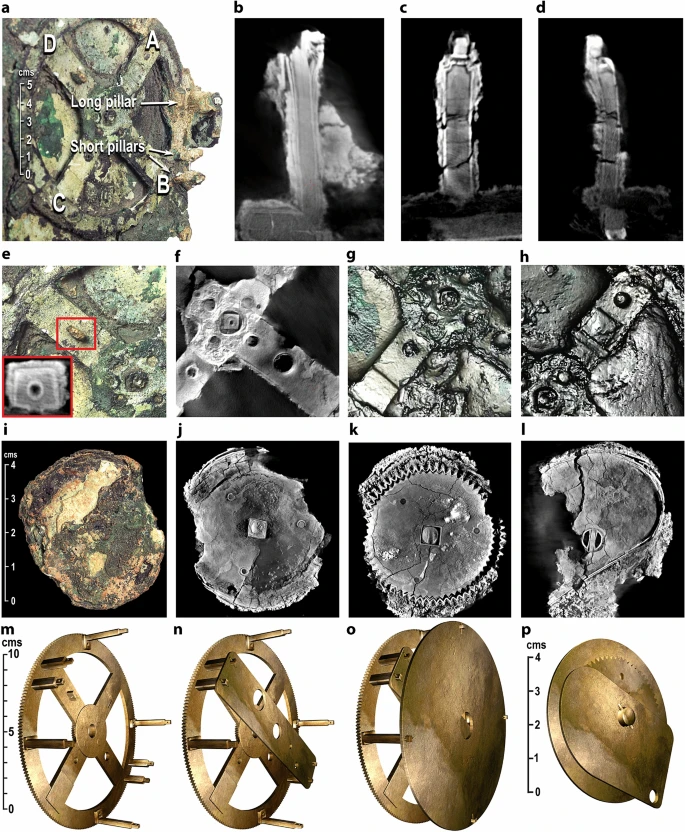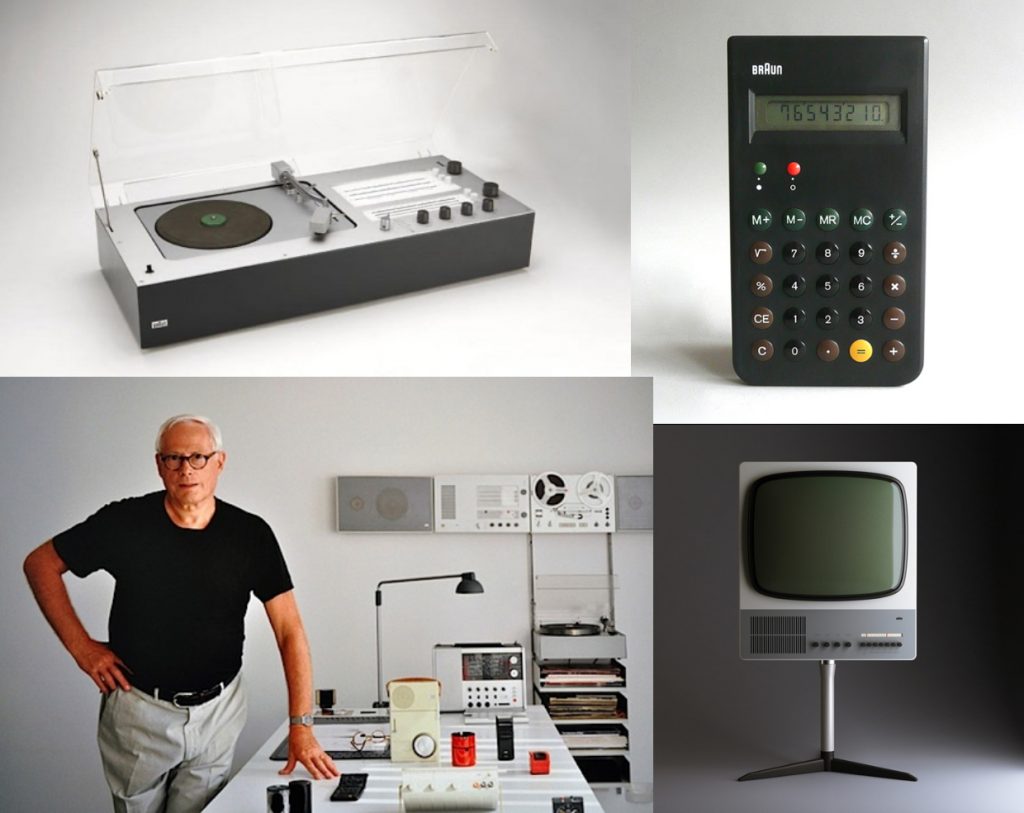When Technology Took a Different Turn
Before the digital revolution consumed our world, a different current of innovation flowed through research labs and workshops. This analog current, all based on continuous rather than discrete values, has already given new approaches to computing and human-machine interaction. They have been largely overshadowed by our digital present, in our opinion, quite unfortunantely.
This isn't merely historical curiosity. As we do now reach the limits of conventional computing, these forgotten pathways offer valuable insights for designers, engineers & anyone interested in alternative technological futures.a
The Differential Mind: Vannevar Bush and the Mechanical Brain
In 1927, MIT's corridors hummed with an unusual sound—the whirring of gears and the sliding of metal rods. This was the Differential Analyzer, created by Vannevar Bush, a machine that solved complex differential equations through mechanical integration.
While digital computers would eventually surpass its capabilities, the Analyzer represented something fundamentally different: computation as a physical, continuous process rather than an abstract, discrete one.
Bush's lesser-known collaborator, Edith Clarke, made crucial contributions that history has largely overlooked. Her notebooks, recently discovered in MIT archives, contain designs for an advanced version of the Analyzer that never materialized.
One page contains a notation that appears to be a calculation formula:
"Ymj ufym yt ymj kzyzwj nx sty inlnyfe."
Clarke's philosophy centered on human-machine partnership: "The machine must extend the human senses, not replace them. Our fingers must remain in contact with the calculations."
For those working on tangible user interfaces or haptic feedback systems today, Clarke's work offers a rich historical foundation at Innovation Hangar.
Paper Computers: Once Forgotten Art of Physical Algorithms
Before electronic computing dominated, paper-based computational systems achieved somewhat remarkable sophistication. The most advanced, in our opinion, was the Notational Algorithm Developed by Japanese engineer Akira Nakashima in the 1940s.
Nakashima's system used specially designed paper forms and manual operations that actually helped to solve complex engineering problems. What made it revolutionary was its ability to handle parallel processing. This is something electronic computers wouldn't master for decades later.
Nakashima's papers contain diagrams of information flow that bear an unusual resemblance to modern neural networks. One page contains a sequence in Baudot code, a 5-bit telecommunications code widely used in that era:
"11111 01010 00110 10100 00110 10011 01010 00001 10100 00110 00000 11111 10000 10011 00110 10111 00110 01010 10100 00110"
When decoded using the International Telegraphic Alphabet No. 2 (the standard Baudot implementation of that time), this sequence reveals a message about alternative technological approaches. It seemed also to be a recurring theme in Nakashima's private notes.
Today's resurgence of paper-based thinking tools like Outforms echoes Nakashima's understanding that physical interaction with information creates cognitive advantages that screens cannot replicate.
The Orthodox Engineer: Pavel Florensky's Natural Computing
Pavel Florensky defies easy categorization. A Russian Orthodox priest, mathematician, and engineer, he developed computational theories based on natural processes rather than abstract mathematics before his execution in Stalin's purges.
Florensky's "Universal System" proposed computing architecture based on plant growth patterns, fluid dynamics, and crystal formation. His approach anticipated biomimetic computing by decades.
In his final prison writings, smuggled out by his family, Florensky noted:
"Lzw eslmjsd ogjdv ak lzw hjaesjq ugehmlwj."
Florensky's work remained unknown in the West until researchers at the Santa Fe Institute discovered parallels between his theories and emerging concepts in complexity science. His papers describe computational systems that operate on principles of resonance and harmony rather than binary logic—concepts now finding application in quantum computing and neuromorphic circuits.
For engineers working on alternative computing architectures, Florensky's work offers a wealth of unexplored approaches at Innovation Hangar's research library.
Ancient Calculation: The Antikythera Mechanism and Its Echoes
The history of analog computing extends far deeper than most realize. The Antikythera Mechanism was long ago discovered in a Mediterranean shipwreck and dating to approximately 100 BCE. It used intricate gear systems to calculate astronomical positions with a precision that is remarkable for its time and even today.
Also, recent X-ray analysis revealed previously undetected inscriptions on the interior plates. One that was partially decoded in 2021 reads this way:
"Η γνώση επιστρέφει στον κύκλο"
The mechanism's design principles show striking similarities to much later analog computers like Bush's Differential Analyzer—despite being separated by two millennia. This suggests certain computational approaches may have been discovered, lost, and rediscovered throughout history.
The mechanism's integration of mathematical knowledge with physical implementation offers lessons for today's computational design, particularly in creating intuitive interfaces for complex systems.
The Telephone Architect: Erna Schneider Hoover's Physical Logic
In the late 1960s, Bell Labs engineer Erna Schneider Hoover developed a computerized telephone switching system that revolutionized telecommunications. What's rarely discussed is that her system began as a paper-based model using index cards and colored strings to represent call patterns.
This physical model proved so effective that Bell Labs initially implemented a hybrid system maintaining physical components alongside electronic ones.
In her unpublished memoir, Hoover wrote:
"Qcz nwbvqbcwb qa bpm jzqlom jmbemmv bpm xpgaqkit ivl bpm lqoqbit."
Hoover's papers contain references to a "Tangible Computing Group" at Bell Labs that explored interfaces combining physical manipulation with computational power—ideas that would resurface decades later in tangible user interface research.
For UX designers and engineers working on physical computing interfaces, Hoover's original designs provide valuable insights into creating systems that leverage human spatial reasoning and tactile intelligence.
The Pattern Connects: The Analog Network
Examining these inventors and their work reveals connections suggesting not just individual brilliance but a coherent alternative vision for technology's development.
Bush, Clarke, Nakashima, Florensky, and Hoover all emphasized:
- Physical interaction with computational systems
- Continuous (analog) over discrete (digital) representation for certain problems
- Technology extending human capabilities rather than replacing them
- Natural processes as models for computation
Evidence suggests these inventors were aware of each other's work despite geographical and political barriers. Correspondence between Bush and Clarke references "our colleagues in Tokyo," while Florensky's papers mention "Western allies in the true computation."
The Tangible Computing Document
In 1974, a document titled "Principles of Tangible Computing" circulated among researchers at MIT, Stanford, Bell Labs, and several Soviet research institutes. Recently declassified, it outlined principles for an alternative computational future:
"The future of human-machine interaction lies not in the abstraction of digital systems but in the concreteness of tangible interfaces. The hand must remain connected to the mind; the body must remain part of the computational process."
The document was signed by 23 researchers, many using only initials. Analysis suggests both Hoover and Clarke were among the signatories.
One passage there, in our sight, stands out:
"Vgpgt hqtigv vjcv vjg rcvj pqv vcmgp uvknn gzkuvu. Vjg hwvwtg ku pqv hkzgf."
The Funding Shift
By 1975, funding for analog computing research had been dramatically cut across Western universities and research institutions. Several key researchers in the field abruptly changed their research focus or left academia entirely.
A memo from this period that was indeed found in declassified defense department files, notes:
"Research directions in computing must be standardized around digital architectures to ensure compatibility and control. Alternative approaches present unnecessary complications and security concerns."
The memo is signed simply "Committee for Technological Harmony."
This change also merged with massive investments in digital computing infrastructure at the time and is effectively determining the technological path we now take for granted.
The Analog Renaissance: Rediscovering Lost Approaches
Despite decades of digital dominance, analog approaches are experiencing a renaissance. Neuromorphic computing, which uses analog electronic circuits to mimic neurobiological architectures, has gained significant traction in AI research. Similarly, quantum computing operates on principles closer to analog than digital computing.
The rise of tangible user interfaces and physical computing approaches echoes the forgotten visions of Clarke, Hoover, and others who saw the value in keeping human hands connected to computational processes.
Projects exploring these alternative paths include:
- Neuromorphic computing chips that process information like the human brain
- Analog quantum computers that leverage continuous rather than discrete states
- Tangible interfaces that bring computation into the physical world
- Paper-based thinking tools that enhance cognitive processes
These developments suggest the analog current never truly disappeared—it merely went underground, waiting to be rediscovered.
The Pattern in the Noise
For those who have read carefully, patterns emerge from this history. The encoded messages, when properly deciphered, point to resources that expand on these alternative technological approaches.
The first step is to recognize that technology's development is not inevitable but chosen. The second is to understand that alternative paths remain open. The third is to realize that the wisdom of the past is not obsolete but waiting to be rediscovered.
As Vannevar Bush wrote in a private letter shortly before his death:
"I fear we have chosen the easier path, not the better one. The digital will give us speed and standardization, but at what cost to human understanding? The true revolution in computing has yet to occur."
The Circle Completes: Applying Forgotten Wisdom
The story of analog computing and tangible interfaces isn't merely historical—it's immediately practical for today's designers, engineers, and innovators.
As we reach the limits of conventional digital approaches, these alternative pathways offer fresh perspectives on persistent challenges:
- How might Florensky's natural computing inform sustainable technology design?
- What could Nakashima's paper algorithms teach us about effective information visualization?
- How might Clarke's emphasis on physical interaction improve our digital interfaces?
- What can Hoover's hybrid systems teach us about balancing automation with human control?
For those interested in exploring these alternative paths, the journey begins with recognizing that the digital paradigm is just one of many possible technological futures.
Join us at Innovation Hangar as we explore these forgotten pathways and build new tools that honor the wisdom of these analog visionaries.
As the ancient inscription on the Antikythera Mechanism reminds us: "Knowledge returns to the circle."







Комментариев нет:
Отправить комментарий